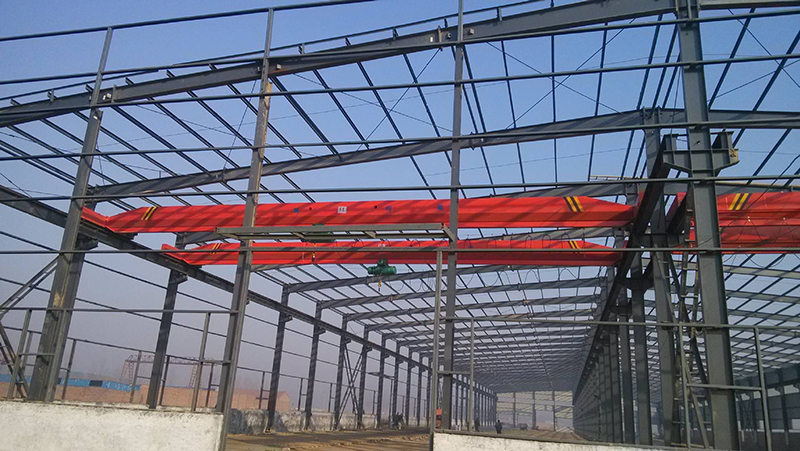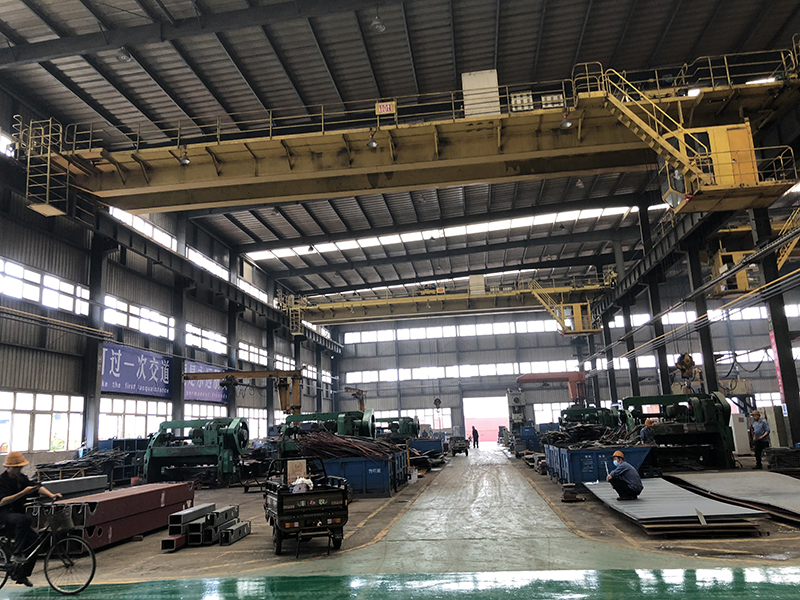There are many different types of overhead crane, each with its own advantages and disadvantages. Knowing which overhead crane type is right for your needs is essential for getting the most out of this equipment. Here’s a look at the different types of overhead crane and what they can be used for.
What is an overhead crane and what are its uses?
An overhead crane, also known as a bridge crane(grua puente), is a type of crane that consists of a bridge that spans across an area. The bridge supports a trolley, which carries the load. Overhead cranes are used in a variety of settings, including factories, warehouses, and construction sites. They are commonly used to move heavy materials, such as steel beams and engines.
Bridge cranes typically have two hoists, one for lifting the load and one for moving it horizontally. Many overhead cranes also feature a built-in weighing system, which allows operators to safely and accurately determine the weight of the load. In addition to their many practical uses, overhead cranes can also be used for decorative purposes. For example, many museums and art galleries use overhead cranes to move heavy art pieces from one place to another.

The different types of overhead cranes
Overhead cranes are an essential piece of equipment in a wide range of industries, from manufacturing to construction. There are three main types of overhead crane – bridge cranes, jib cranes, and gantry cranes.
Bridge cranes are the most common type of overhead crane, and they consist of a bridge that spans the width of the work area. Jib cranes are similar to bridge cranes, but they have a shorter span and are typically mounted on a wall or column. Gantry cranes are similar to bridge cranes, but they have legs instead of a bridge, and they can be moved along a rail system. Check out here: https://aicrane.cl/puente-grua-monorriel/
Each type of overhead crane has its own advantages and disadvantages, so it’s important to select the right type for your needs. Bridge cranes are versatile and can be used for a variety of applications, but they can be expensive to install.
How to choose the right overhead crane for your needs
Overhead cranes are an essential piece of equipment for many businesses, but with so many different types and sizes on the market, it can be difficult to know which one is right for your needs. Here are a few things to consider when choosing an overhead crane:
1. What type of load will you be lifting?
Overhead cranes(precio puentes grua) are available in many different designs, each of which is better suited for certain types of loads. For example, a gantry crane is ideal for lifting heavy loads over a wide area, while a jib crane is better suited for smaller loads that need to be moved in a limited space.
2. How often will you be using the crane?
If you only need to use an overhead crane occasionally, a rental company may be a better option than purchasing or leasing a crane. However, if you will be using the crane regularly, it’s important to select a model that is built to last.
3. What is your budget?
Bridge cranes can be expensive to install, but they are typically less expensive to operate than other types of overhead cranes. Jib cranes are the least expensive type of overhead crane to purchase and operate, while gantry cranes are the most expensive.

With the help of this guide, you should have a clearer idea of what to expect from overhead cranes. There are three main types of overhead cranes and each has their own specific uses in AICRANE MACHINERY(AICRANE MAQUINARIA). Bridge cranes are the most common type, but they can be expensive to install. Jib cranes work well for smaller loads that need to be moved in a limited space while gantry crane is best suited for heavy loads over a wide area. Each type of crane has their own advantages and disadvantages, so it’s important to select the right one for your specific needs.